Minecraft Lesson Plans
Minecraft: Education Edition is an open-world game that promotes creativity, collaboration, and problem-solving in an immersive 3D environment.
Additional details
| Year band(s) | 3-4, 5-6, 7-8, 9-10 |
|---|---|
| Content type | Tools for learning, Lesson ideas |
| Format | Web page |
| Core and overarching concepts | Impact and interactions, Computational thinking |
| Australian Curriculum Digital Technologies code(s) |
AC9TDI4P03
Generate, communicate and compare designs
AC9TDI6P04
Generate, modify, communicate and evaluate designs
AC9TDI8P07
Design the user experience of a digital system
AC9TDI10P08
Generate, modify, communicate and critically evaluate alternative designs
AC9TDI10P07
Design and prototype the user experience of a digital system |
| Technologies & Programming Languages | AR / VR |
| Keywords | Minecraft, 3D environments, Programming, Cross curriculum |
| Organisation | Microsoft |
| Copyright | Mojang 2018. May be subject to Copyright Act statutory licence. |
Related resources
-
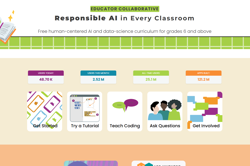
App Inventor EDU
Use this six week teaching program using a project based curriculum that allows students to explore the world of computer science through the creation of smartphone apps.
-
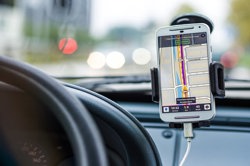
Understanding digital systems (Years 3-4)
Simple ideas for learning about digital systems in the classroom.
-

Classroom ideas: Micro:bit Environmental Measurement (visual and general-purpose programming) (Years 5-8)
Investigating environmental data with Micro:bits: This tutorial shows the coding needed for digital solutions of some environmental issues that can be created using pseudocode and visual programming.
-

Computational thinking poster
A poster/infographic that gives a brief overview of the concepts related to computational thinking.
-
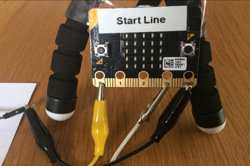
Creating a digital start line and finish line with micro:bits (Years 7-8)
The following activity suggests one-way Digital Technologies could be integrated into a unit where vehicles are being designed and produced.
-
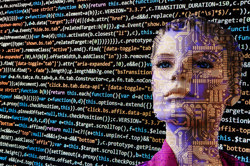
Robots, data and computational thinking (Years 2-4)
This classroom resource comprises four worksheets to accompany a lesson on data and computational thinking. These materials are designed for teachers to use simple line-following robots (Ozobots) to engage students in the computational thinking process and working with data.
-
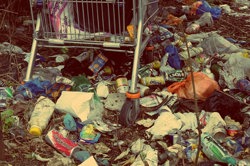
Collecting data about litter in the community (Years 3-4)
The litter students find in the local environment can provide a good source of data. The interpretation of this data can help students answer a range of inquiry questions.
-
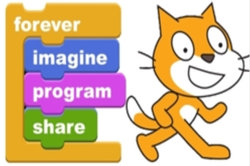
Computing at School: Resources
Browse the curriculum resources which are tried and classroom tested resources submitted by primary teachers to support Computing for early to middle primary school. Requires free registration.
